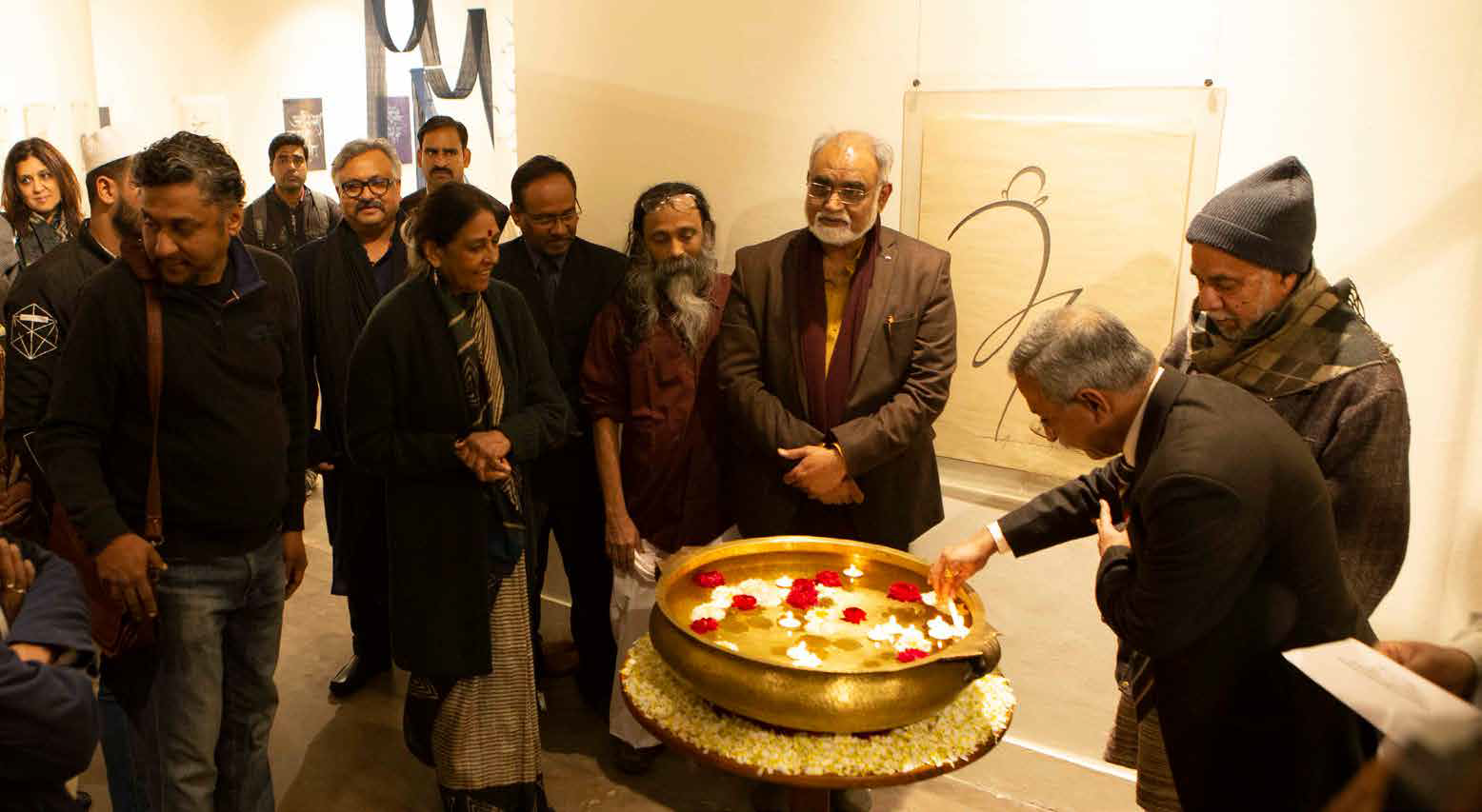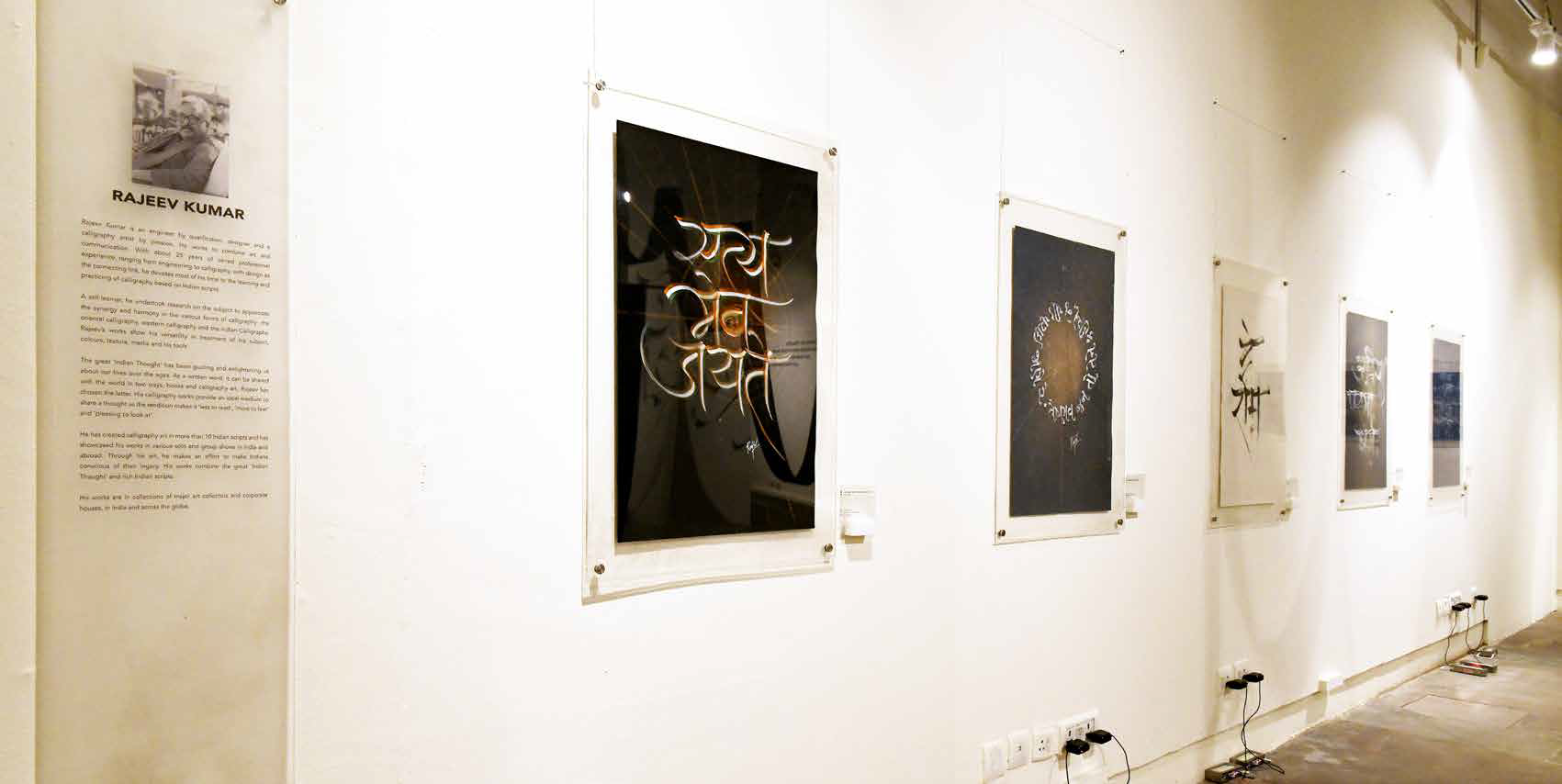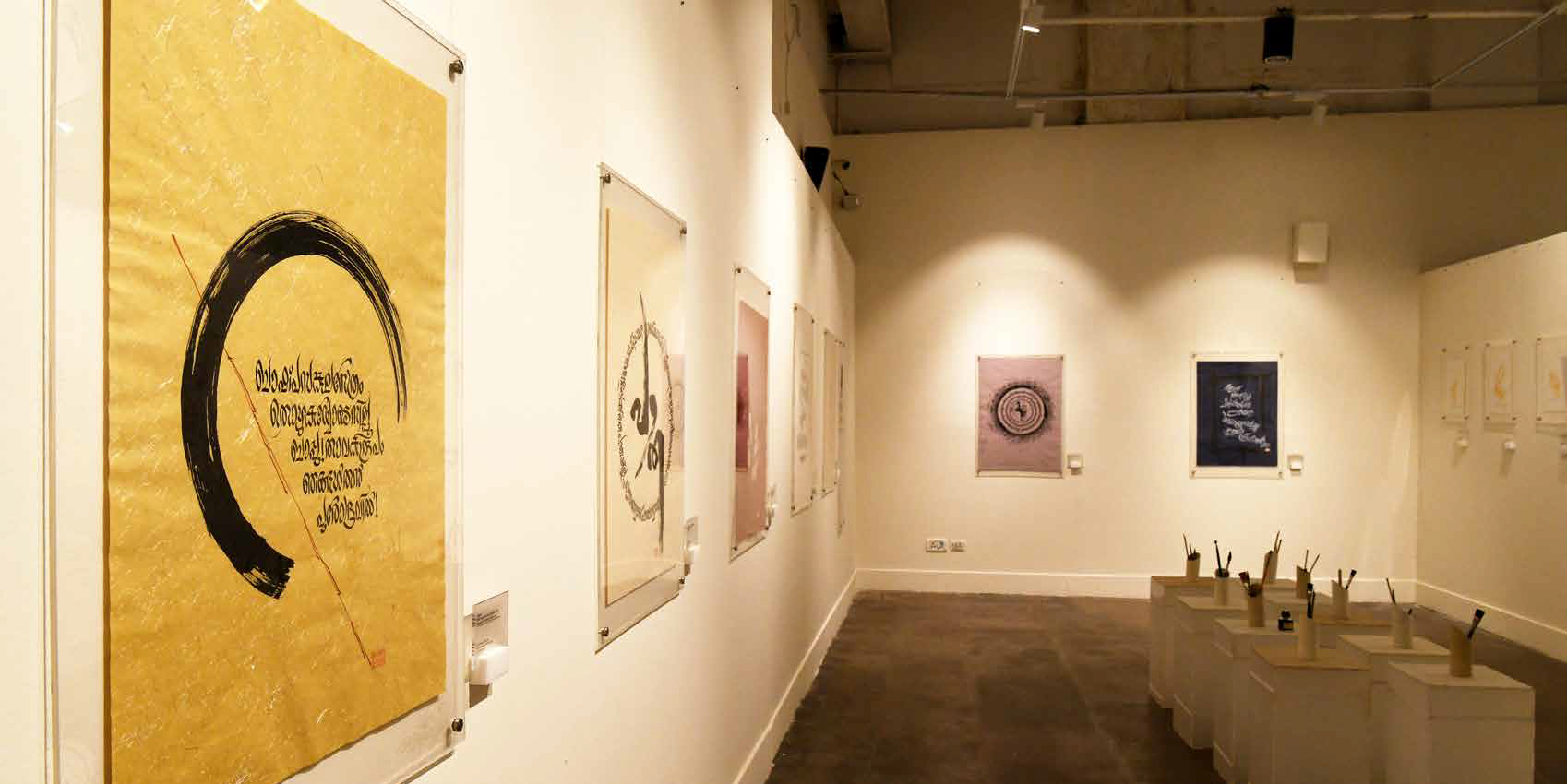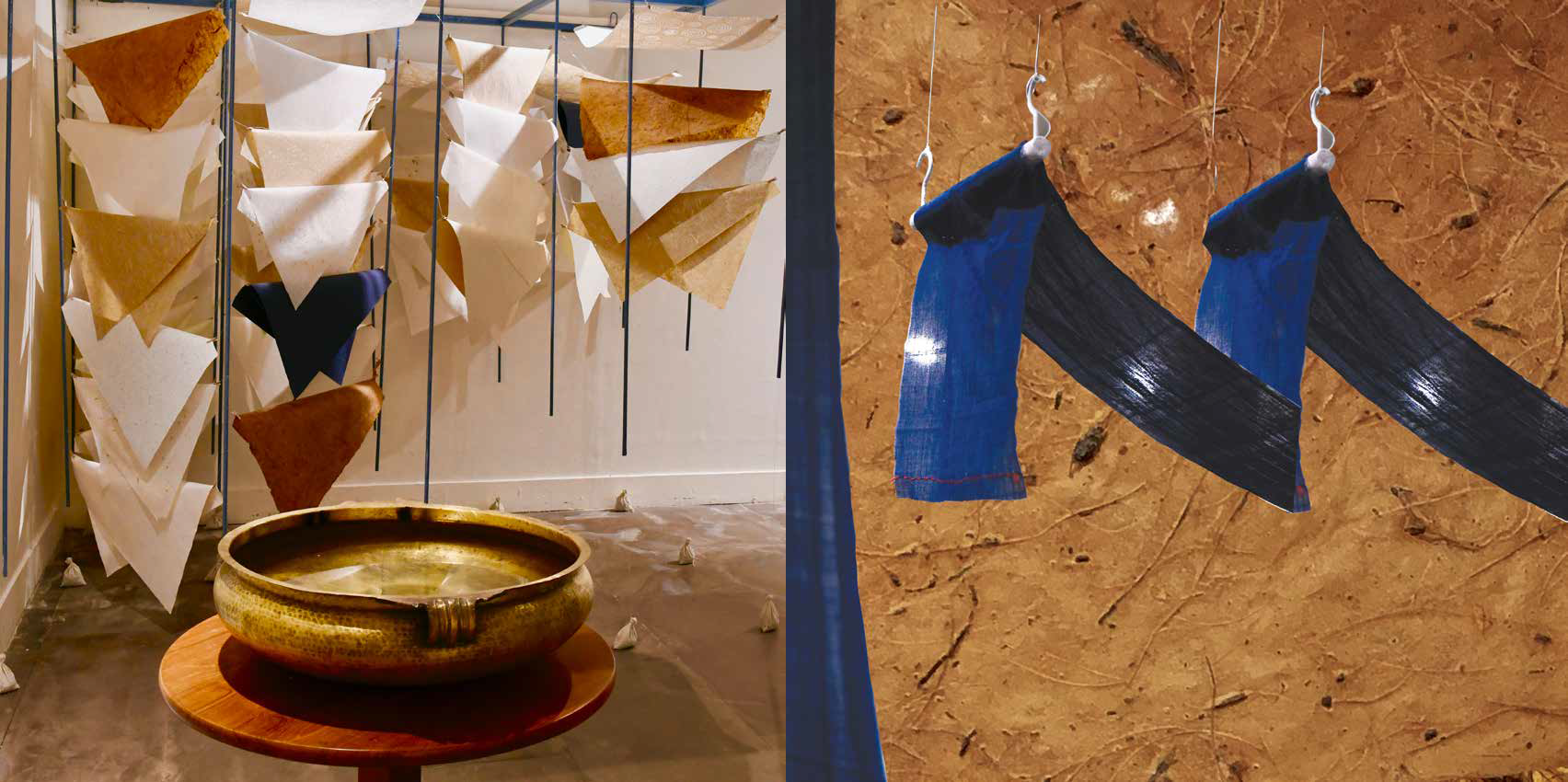



After India gained Independence, Mahatma Gandhi vigorously promoted traditional village industries of which handmade paper-making and khadi, hand-spun and hand-woven cloth were of primary concern to him. Apart from sustaining livelihoods, the purpose was to fight the domination of machine-made goods that harmed the environment and killed self-reliant local enterprises.
Handmade paper is extremely popular among artists and calligraphers. Old Tibetan manuscripts are written on fairly rough, textured handmade paper. Japan, China, Thailand and Nepal have used handmade paper from rice, the mulberry plant and the argali plant. Egypt created paper from the papyrus plant for its exquisite Arabic calligraphy. India’s calligraphy flourished during Mughal times, when Persian calligraphers wrote manuscripts that were illustrated and illuminated by Hindu painters or vice versa. Paper-making happened in many parts of India at that time in many pockets called Kagzipura. However, inspite of having 22 official languages, 13 scripts and over 700 identified dialects and innumerable highly artistic craft people, Independent India has never highlighted its potential in the art of calligraphy.
Calligraphy has many names in India. Called ‘su-lekhan’ (‘su’ meaning beautful and ‘lekhan’ meaning writing), ‘khushanvisi’, ‘su-lipi’, ‘sulekhkala’ in Hindi, ‘khushkhati’, ‘khushnafisi’, ‘kitabat’, ‘suloos’, and ‘khatati’ in Arabic, Persian or Urdu; they all refer to the beautiful art of writing. It finds a true partner in handmade paper. Brushwork, writing with bamboo pens or
even a simple sketch pen gives highly aesthetic and beautiful results when a calligrapher’s sure and thoughtful strokes illuminate the paper.
Handmade papers made from hosiery waste, elephant and rhinoceros dung, bamboo, banana, jute and sisal fibres and the argali plant were given to 11 eminent calligraphers of India to explore different colours and textures of handmade paper through their art.The artists embrace Gandhi’s thoughts, words, actions and symbols through their unique calligraphic styles.
The Indira Gandhi National Centre for the Arts and the Dastkari Haat Samiti offer this exhibition to respect the handmade and to encourage the art of calligraphy in multiple Indian scripts as a tribute to the Father of the Nation.
